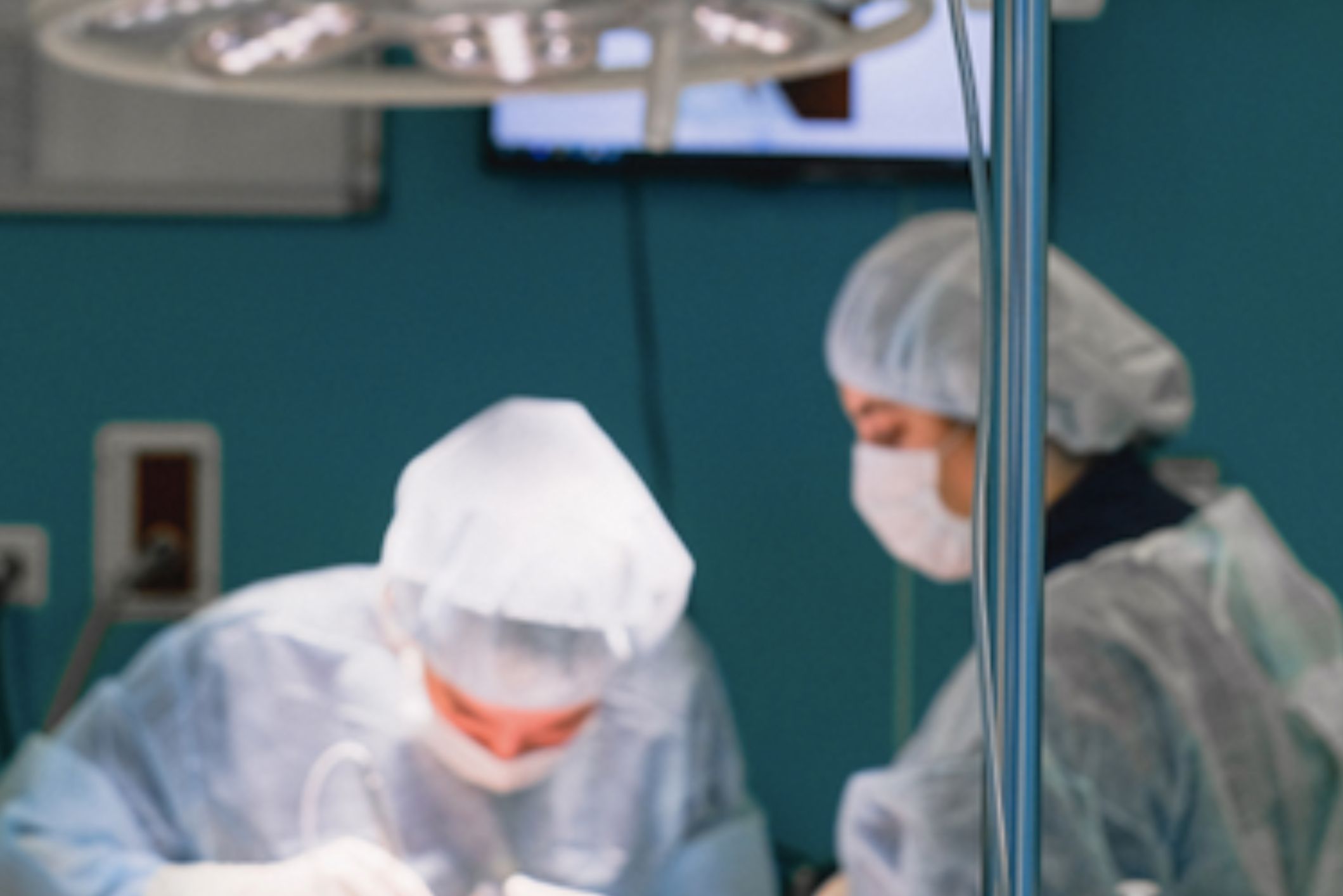This article has been verified medically by Dr John C. Wang, vascular surgeon at Surgi-TEN Specialists, Farrer Park Hospital (Singapore).
About the Doctor
As people get older, the wall of their aorta – the main artery that carries blood from the heart to the rest of the body – can become weaker, causing it to dilate with blood flow and become at risk of tearing or rupturing. This is called an abdominal aortic aneurysm, which can lead to fatal internal bleeding.
Small abdominal aortic aneurysms are those where the diameter of the expanded aorta is less than 4 cm and have a low risk of rupture. Patients with small abdominal aortic aneurysms should go for an ultrasound at least once a year to make sure that it is not growing at a concerning rate.
Large abdominal aortic aneurysms are those which are approaching or larger than 5 cm. Patients with this condition should go for treatment. Two treatment options are available:
1) Open surgery
2) Endovascular aneurysm repair, or EVAR
Open surgery
During open surgery for abdominal aortic aneurysms, the surgeon makes a long cut in the belly either in the midline or the side of the abdomen, and clamps the aorta above and below the aneurysm. This temporarily stops blood flow through the affected segment so that the surgeon can open it and sew in an artificial tube called a graft. After the graft is in place, the surgeon removes the clamps to restore blood flow, which now flows through the graft instead of the weakened section of the aorta, then closes the incision.
The surgery is done under general anaesthesia, and patients usually stay in the hospital for seven to 10 days after the operation. Full recovery typically takes a few weeks to months. Even though open surgery is the gold standard for repairing abdominal aortic aneurysms, some patients, such as elderly people with many medical conditions, may not be suitable candidates for this treatment.
Endovascular aneurysm repair (EVAR)
EVAR is a minimally invasive alternative to open surgery. During this procedure, which is done under general anaesthesia or intravenous sedation, the surgeon makes a small incision in the groins to gain access to the arteries, then threads thin, flexible wires and tubes called catheters up the artery to the location of the aneurysm. A stent graft is sent up, over the wire, to the aneurysm, then opened up (deployed) and fixed in place. Blood flows through the stent instead of the aneurysm, protecting that part of the aorta and preventing the aneurysm from rupturing.
Patients can go home one or two days after the surgery. They usually fully recover within a week or two. For EVAR to be successful, however, the stent graft needs to have a watertight seal at the top and bottom of the affected section. This means that patients must have two healthy sections of the aorta/artery above and below the aneurysm, at least 1.5 cm in length each and with diameters of less than 3 cm at the top-most segment, to hold the stent in place and ensure that blood flow is completely diverted into the stent. The angulation of the healthy sections angulation also matters, as sections that are too angular may prevent proper stent graft deployment and seal.






